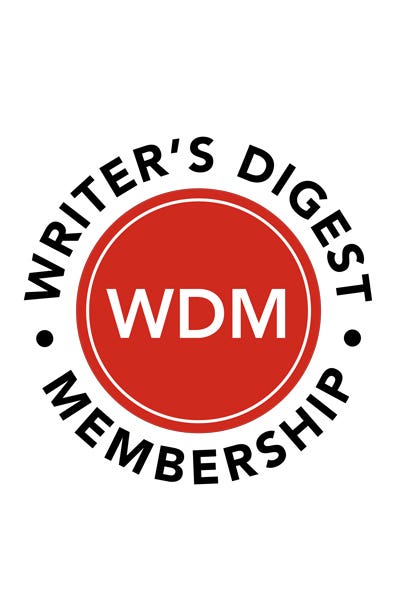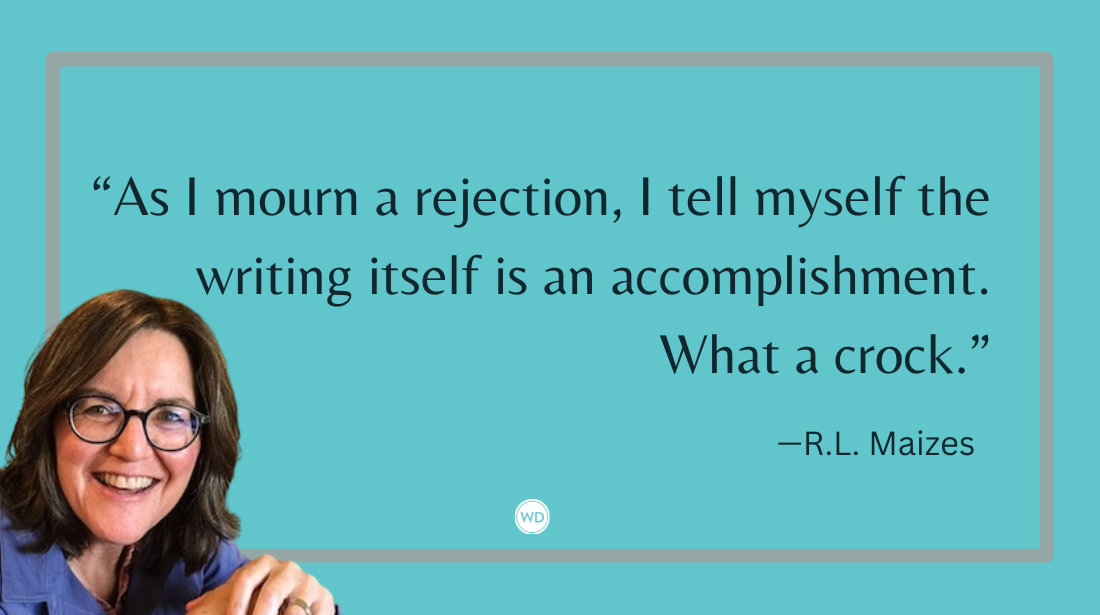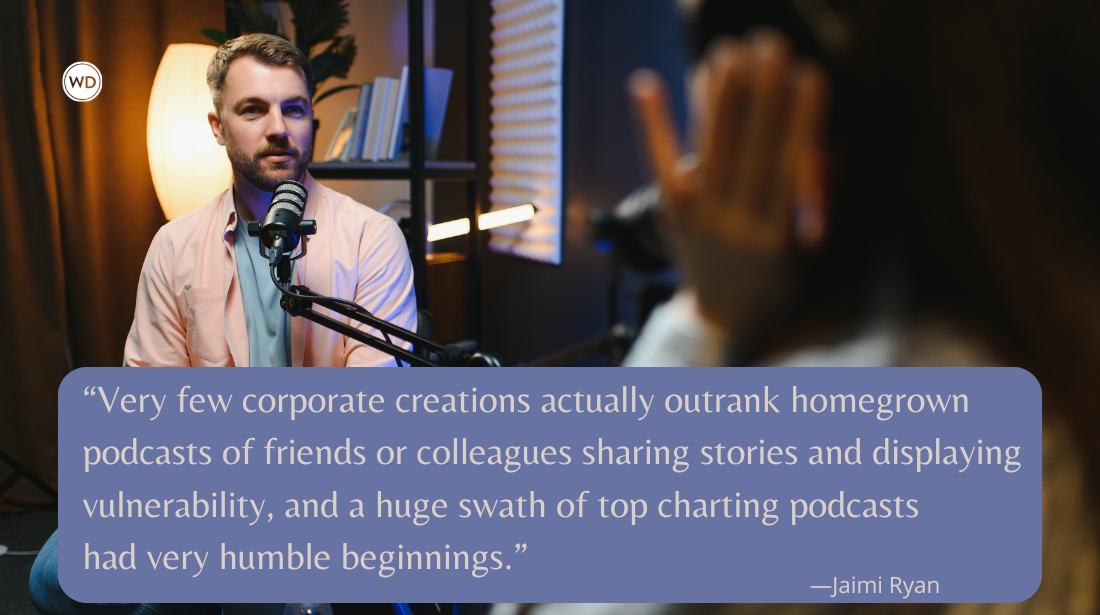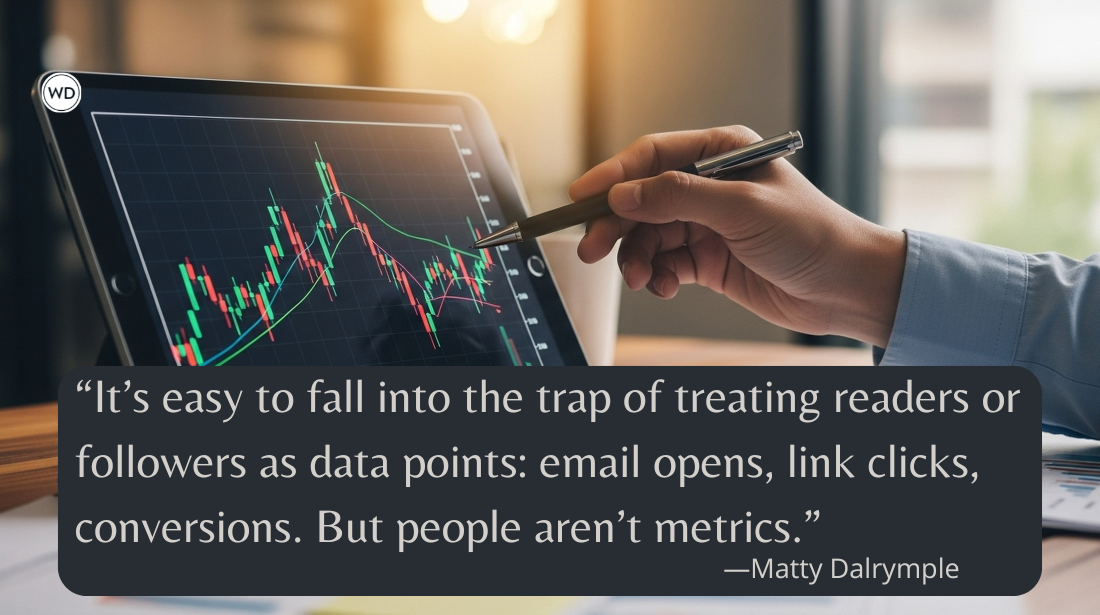Breaking Boundaries: How Self-Publishing Frees Aspiring Authors From Traditional Publishing Constraints
Editor and Head of StoryLoom Steve Palley discusses how self-publishing can free aspiring authors from traditional publishing constraints.
For countless aspiring authors, the traditional path to getting published has been riddled with challenges. The hurdles of securing a literary agent, convincing a publishing house to take a chance on your work, and relinquishing creative control often create a daunting and frustrating journey. However, there's a transformative force that is changing the landscape of publishing—self-publishing. In this article, we will explore how self-publishing liberates aspiring authors from the constraints of the traditional publishing world.
The Traditional Publishing Constraints
Gatekeepers and the Submission Process
The traditional publishing route is lined with gatekeepers—literary agents and publishers—who act as the arbiters of what gets published. Authors often spend months crafting the perfect query letter only to receive rejection after rejection, leaving them disheartened and questioning their talent. The influence of these gatekeepers extends beyond mere acceptance. They have a say in everything from the book's content to its title and cover design, which can sometimes lead to creative differences and frustration.
Limited Creative Control
When an author signs a contract with a traditional publisher, they often have to relinquish a significant amount of creative control. Book cover design, for instance, might not align with the author's vision, potentially affecting the book's marketability and appeal. Editorial changes, though necessary, may also alter the author's voice and vision.
Long Publishing Timelines
Traditional publishing is notorious for its lengthy timelines. The wait begins with the submission process, as authors often wait months or even years for an acceptance. Afterward, the book goes through rounds of editing, printing, and distribution, further delaying its availability to readers. This lengthy process can be disheartening, especially for authors eager to share their stories.
Self-Publishing: A Path to Liberation
Self-publishing is a liberating alternative for authors looking to break free from these constraints.
Empowering Authors to Be in Control
Self-publishing grants authors the freedom to maintain creative control over their work. From content to cover design, authors have the final say in every aspect of their story. This means the story reflects their vision entirely, increasing the likelihood of connecting with their target audience.
Speed and Agility
One of the most significant advantages of self-publishing is speed. Authors can publish their work almost immediately, reaching readers much faster than the traditional route. This agility allows authors to respond quickly to market trends, reader feedback, and emerging topics, ensuring their work remains relevant.
Access to Global Audiences
Through self-publishing platforms and online distribution channels, authors can access global audiences without the need for a traditional publisher. E-books, for example, can be distributed worldwide with ease, breaking down geographical boundaries and tapping into a vast readership.
Success Stories: Authors Who Broke Free
Countless authors have embraced self-publishing to break free from the constraints of traditional publishing. Consider the success stories of self-published authors who went on to become bestsellers. They found their path to success through self-publishing. This shift empowered them to control their destinies and connect directly with their readers.
Take the examples of New York Times bestsellers, such as Jessica Khoury, Jim Dattilo, Pamela DuMond, and Cassie Alexander. These authors found immense success with interactive online stories through the self-publishing model.
Self-Publishing Tools and Services
To succeed in self-publishing, authors have access to a range of tools and services:
- Self-Publishing Platforms: Websites like Amazon Kindle Direct Publishing (KDP), IngramSpark, Smashwords as well as StoryLoom offer user-friendly platforms for authors to publish their work in digital or print formats. Seek out platforms that will also enable authors to keep all the rights to the stories they publish.
- Editing, Cover Design, and Formatting Services or Marketplaces: Numerous professionals and platforms specialize in editing, cover design, and formatting services tailored to self-published authors. Additionally, you may find music, sound and graphics support for authors to create visually and audibly immersive stories.
- Marketing and Promotion Tools: Self-published authors can leverage social media, email marketing, and story promotion websites to reach their target audience.
- Distribution Options: E-books, print-on-demand services, and even audiobook production are all within reach for self-published authors.
Challenges and Realities of Self-Publishing
While self-publishing offers incredible liberation, it also comes with its own set of challenges:
- Self-Discipline and Responsibility: Self-published authors must be disciplined and responsible for every aspect of their work, from writing to marketing. This can be overwhelming for some, but working with online publishing platforms can offer marketing support in the way of audience and readership.
- Financial Investments and Risks: Authors often invest their own money into editing, cover design, and marketing, which can be financially risky if the story doesn’t reach a wide audience.
- Market Saturation and Competition: The self-publishing market is competitive, making it challenging for new authors to stand out amidst the vast number of books available. So, look for distribution channels that will help get your story visibility and reach to audiences.
Explore the Self-Publishing Path
Self-publishing has become a powerful tool for aspiring authors seeking to break free from the constraints of traditional publishing. It offers creative control, agility, and access to global audiences, all of which can be transformational for writers. While challenges exist, the potential for success and fulfillment is within reach for those willing to embrace the opportunities self-publishing provides. In an evolving publishing landscape, self-publishing has become a beacon of liberation for authors determined to share their stories with the world.
Steve Palley has a diverse work experience in various roles and industries. Steve started their career as an Editor at Wireless Gaming Review in 2003 and then worked as an Associate Editor at GameSpot Mobile. Later, they became the Chief Editor of Mobile Games at GameSpot, where they were responsible for content operations and organized notable mobile games conferences. In 2005, Steve joined Foci Mobile as a Lead Analyst before moving to Vivendi Games Mobile/Centerscore as an Associate Producer and then as an Editorial Guru. In 2008, they founded and served as the CEO of slidetoplay.com, a prominent source for iPhone game reviews and news. Steve also co-founded ApplyMap in 2013, serving as its CEO, and developed a web application to help high school students choose the right colleges. Starting from 2009, they pursued a Ph.D. in Political Science at UCLA, focusing on computational models of conflict-driven state formation. In 2015, they joined Pixelberry Studios as a User Acquisition/Monetization/Data Lead, where they optimized marketing campaigns, managed data analysis, and developed machine learning algorithms. Steve progressed within Pixelberry Studios and held various positions, including Analytics/Data Lead and Head of Business Development & Strategy. Most recently, they served as the Head of StoryLoom and Director of Product Management at Pixelberry Studios. Steve also briefly hosted "The Elucidators: Decoding Global News" podcast from 2019 to 2020. Steve Palley obtained their Bachelor of Arts degree in History and International Relations from Dartmouth College in 2003. Steve then went on to pursue a Master of Arts degree in International Relations from the University of Chicago - Committee on International Relations, completing it in 2007. Continuing their education, Steve enrolled in UCLA in 2009 and obtained a Ph.D. in Political Science in 2015. In 2014, they earned a certificate in iOS Development from Bloc. Additionally, Steve has obtained several certifications, including Cleaning Data in R, Intermediate R, and Introduction to R, from DataCamp.









